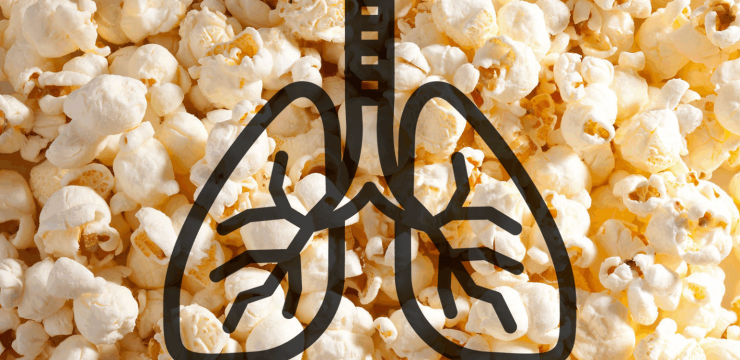Have you ever looked at the expiration date on a food package and wondered whether that slightly expired carton of milk or package of chicken is still safe to eat? The confusion around food expiration dates is common, but it’s time to set the record straight. According to the United States Department of Agriculture (USDA), those dates are more about food quality than safety deadlines.

Breaking Down Food Date Labels
Food packages often come with labels like “Best if Used By,” “Use By,” and “Sell By,” but these terms can easily cause confusion and lead to unnecessary food waste. The good news is that these dates are primarily meant to tell you when the food will be at its best in terms of quality and flavor, not when it becomes unsafe to eat. Here’s a simple explanation:
- “Best if Used By”: This date indicates the point when the product is expected to be at its peak flavor and quality. It’s not a safety deadline, just a suggestion for when the food will taste its best.
- “Use By”: This is the last date recommended for consuming the product while it’s still at its best quality. After this date, the food may start to lose flavor or texture, but it doesn’t necessarily mean it’s unsafe.
- “Sell By”: This label is more for stores, indicating how long the product can be displayed for sale. It’s not a safety date but simply a guideline for retailers to manage stock.
How to Identify Spoiled Food
While many foods are still safe to eat after their labeled date, it’s important to recognize the signs of spoilage. Relying on your senses can often be more effective than strictly following printed dates. If you notice visible mold, a strange smell, unusual texture, or an off taste, these are clear signs that the food has gone bad. When in doubt, it’s always better to be safe and throw it out.
Tips for Proper Storage to Prevent Waste
One of the best ways to reduce food waste is by storing your food properly. Keeping your refrigerator below 40°F (4°C) and your freezer at 0°F (-18°C) will help preserve food quality for longer. Additionally, using airtight containers can maintain freshness and extend the shelf life of many foods. Simple practices like these can go a long way in reducing waste while keeping your food safe.
The Bottom Line
Food expiration dates are more about quality than safety. By understanding what terms like “Best if Used By” and “Sell By” mean, properly storing your food, and trusting your senses, you can reduce food waste and enjoy your meals longer. So, before you toss out that carton of milk just because it’s a day past its date, consider whether it might still be perfectly fine to consume.





